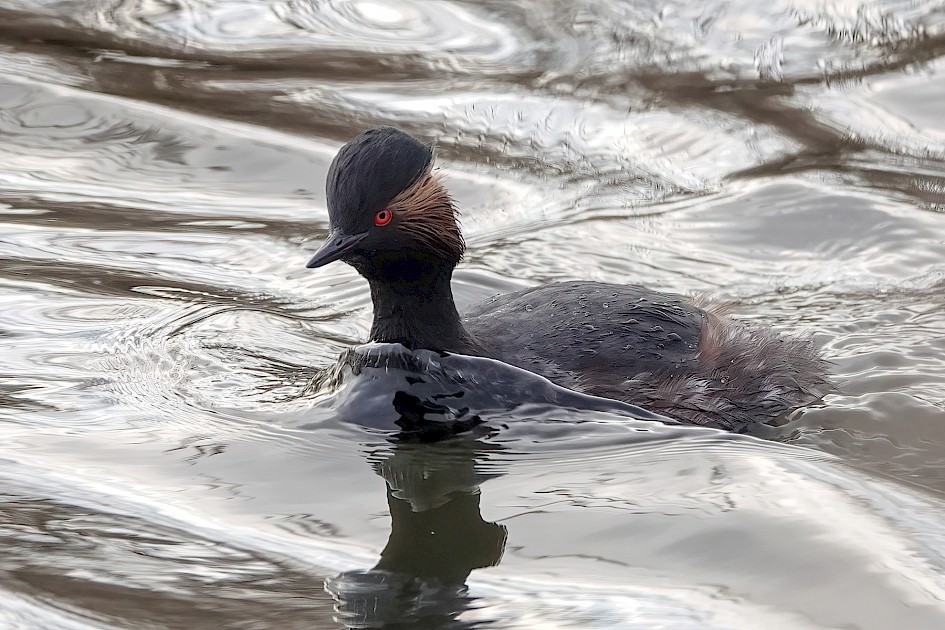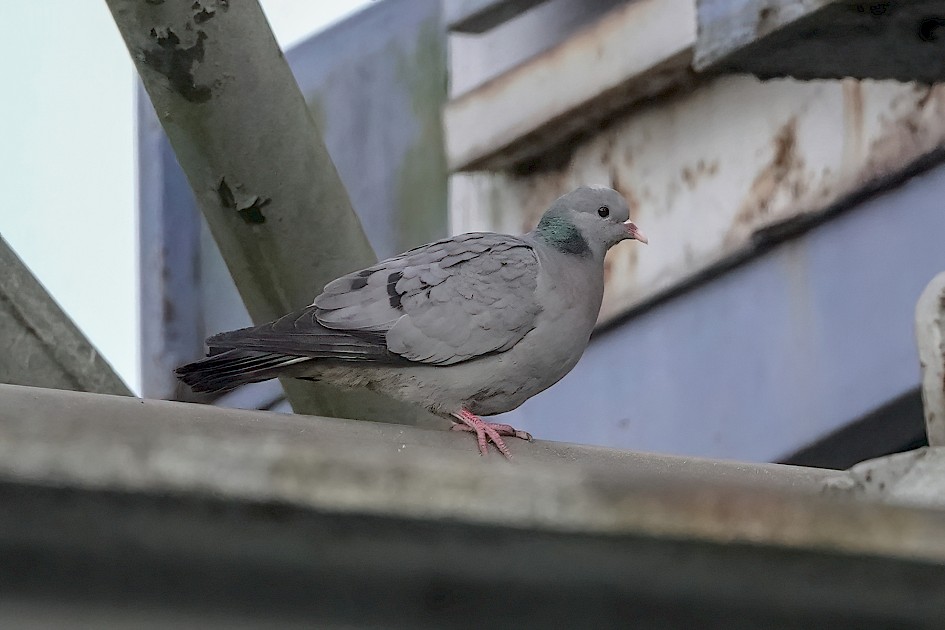13 March 2022 - Skipwith, Swine Moor, Watton, St. Aidens, Yorkshire
« Newer | Older »Woodlarks, Baikal Teal, Smew, Black-necked Grebes
Another great day out with the Lake Birders group (me, Andrew, Simon, Alan and Steve). We started at Skipwith with a Green Woodpecker close to the path. Then despite the cold wind and overcast conditions, soon picked up (or at least Simon and Andrew did) a singing Woodlark. Simon spotted it perched atop a dead tree but before we got any closer it had flown and gone quiet. A walk down the track produced Yellowhammer and Buzzard, then we headed back to find the same Woodlark perched on its song post again. Shortly after we found another, in song flight, close to the car park, where we also saw Treecreeper and Goldcrest.
We then headed to Swine Moor, where a walk south along the canal from Hull Bridge had us overlooking some flooded areas or flashes, which housed good numbers of Wigeon and Teal. Only a couple of minutes after arrival, Andrew announced 'I've got it', and put us onto the Baikal Teal, which for the next hour and a half, mostly slept with its head tucked in, though occasionally (usually via some disturbance of some sort) would raise its head for a few seconds before tucking it back in and going back to sleep. Also here were a single Golden Plover, a dozen or so Dunlin, and Little Egrets, Shelduck and Shoveler.
En route to the next venue, Andrew and I screeched to a halt when Andrew spotted some swans in a field which turned out to be Whoopers, and shortly afterwards, a Red Kite appeared in a roadside field followed a minute or so later with another over the road.
After an aborted mission to try to find a spot where a Scaup had been seen, we headed for Watton NR, near Tophill Low. Information on access was a bit scant, but after a while we found a spot where we could overlook the water and straight away Simon picked up the drake Smew on the other side of the water. While a bit distant, the views through the scope were excellent, and it performed well with a supporting cast of Goldeneye, Pochard, Gadwall, a single Black-tailed Godwit, several Curlew, a couple of Little Egrets and a nice white-headed Cormorant which we thought might be sinensis but on reflection was probably just carbo.
We then headed home via St. Aidens, on a search for Black-necked Grebes. We were looking into the sun and not feeling very positive about success, though we did have a Sand Martin overhead. As we were heading back, suddenly a pair of Black-necked Grebes appeared in the channel by the path and swam past us just a few feet away. Several Stock Doves were on the old coal mining apparatus by the entrance, but no sign of any Little Owls.
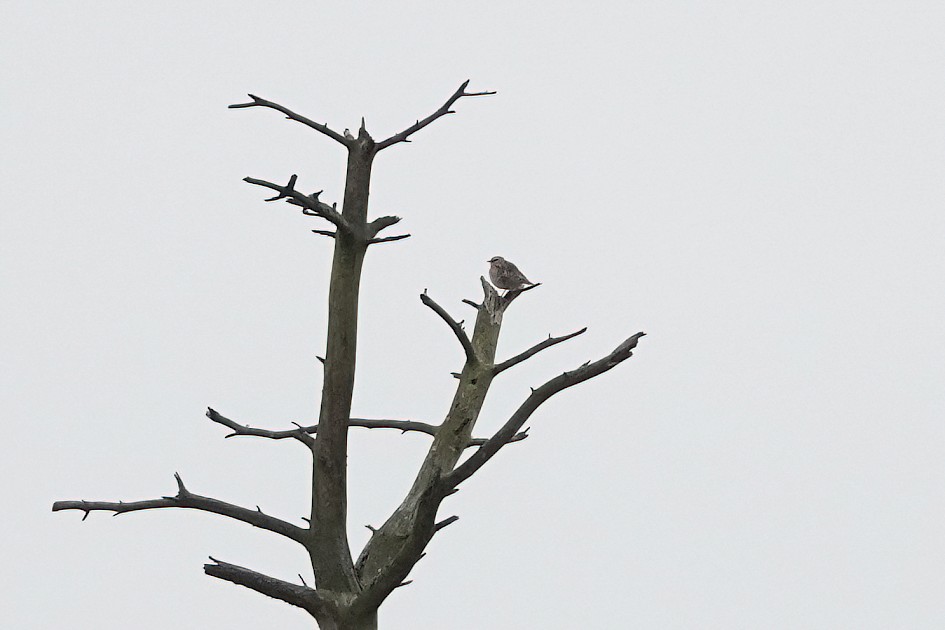
Woodlark, 1/500 sec, f/5.6, ISO 800, 220 mm
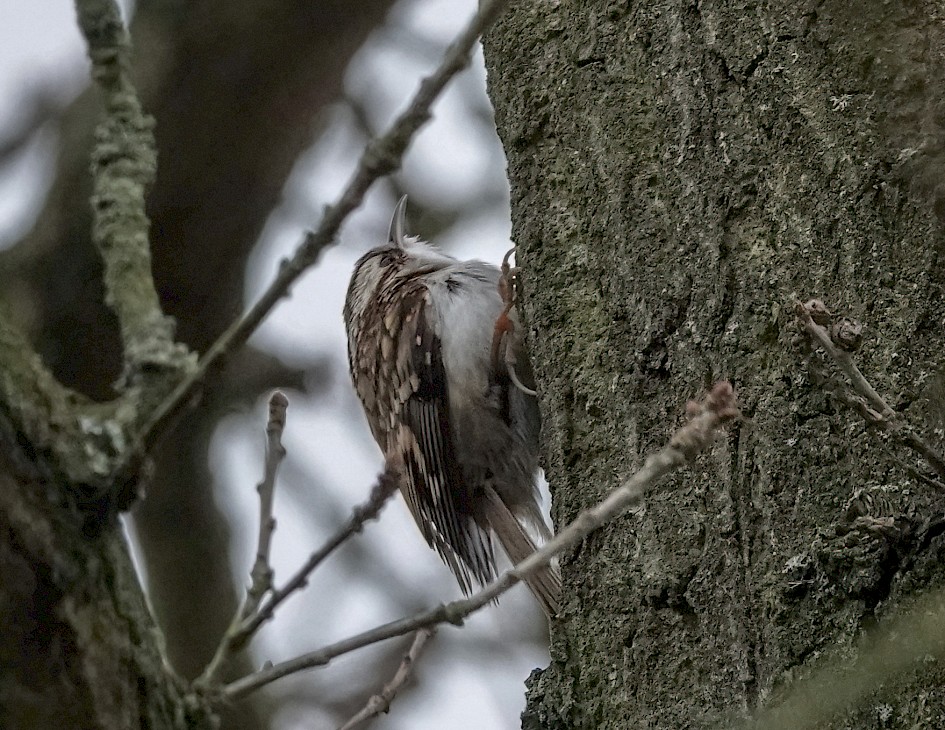
Treecreeper, 1/500 sec, f/5.6, ISO 1250, 220 mm
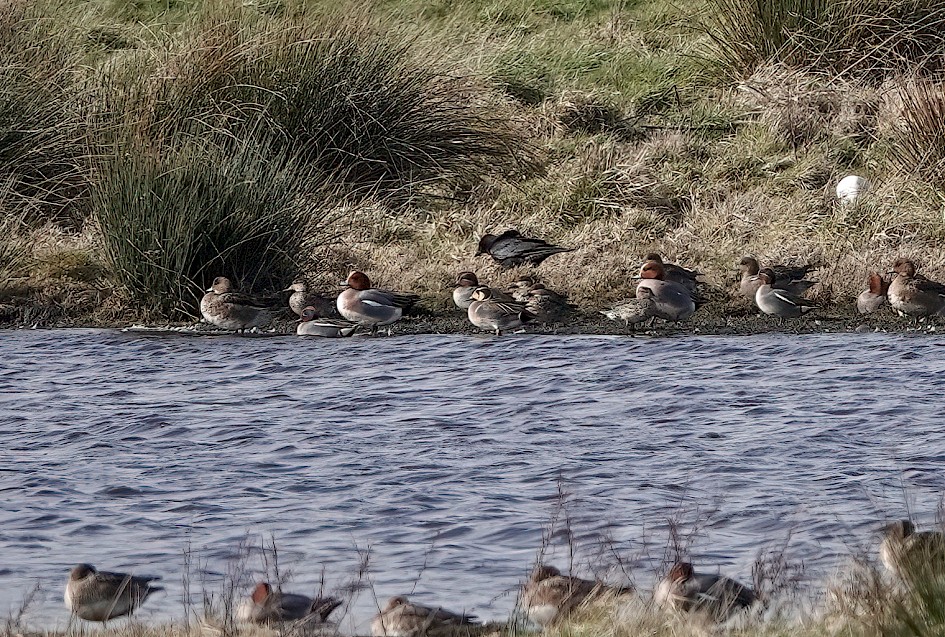
Baikal Teal , 1/1000 sec, f/4.0, ISO 100, 214.72 mm
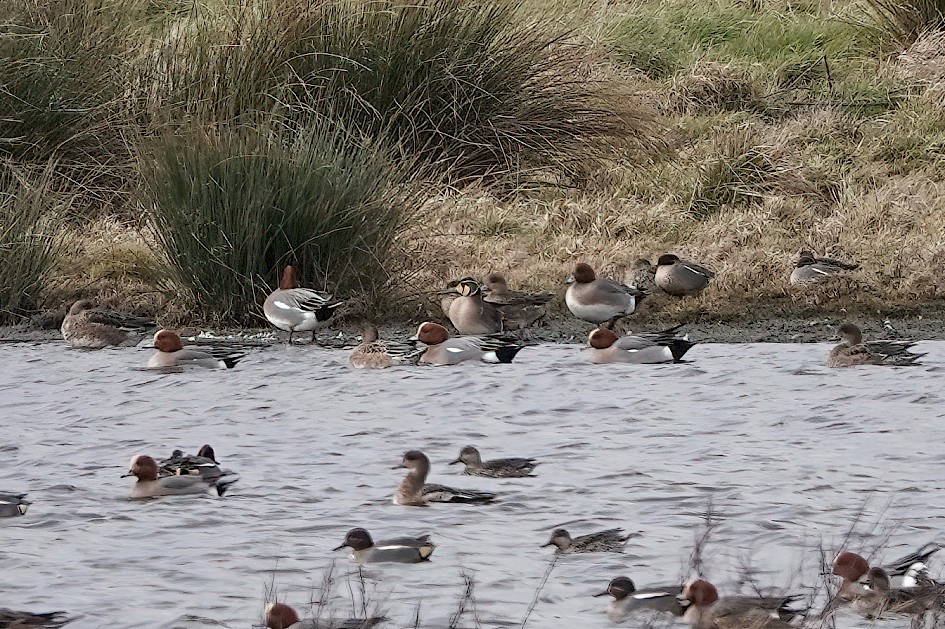
Baikal Teal , 1/800 sec, f/4.0, ISO 100, 220 mm
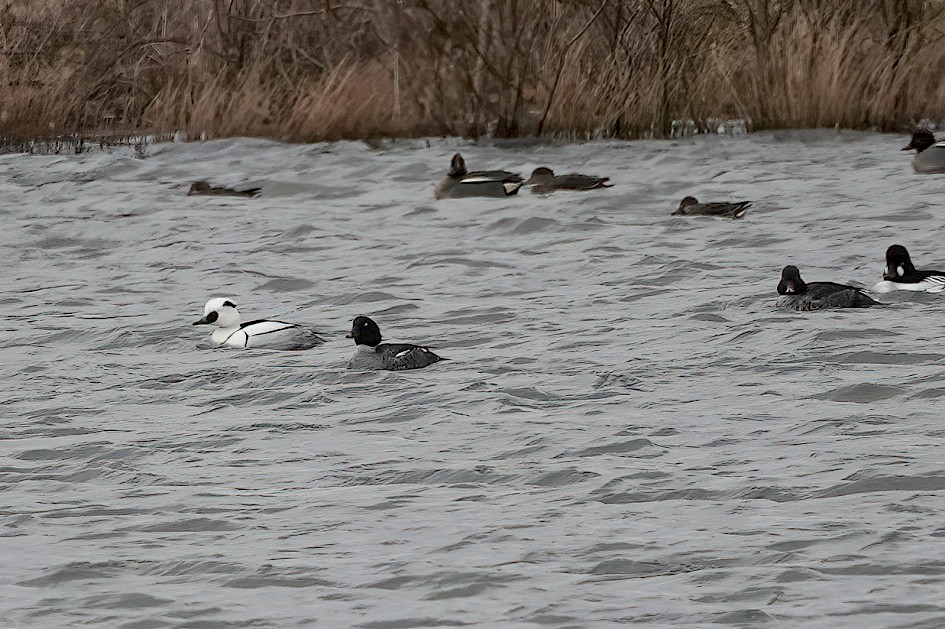
Smew , 1/800 sec, f/4.0, ISO 100, 220 mm
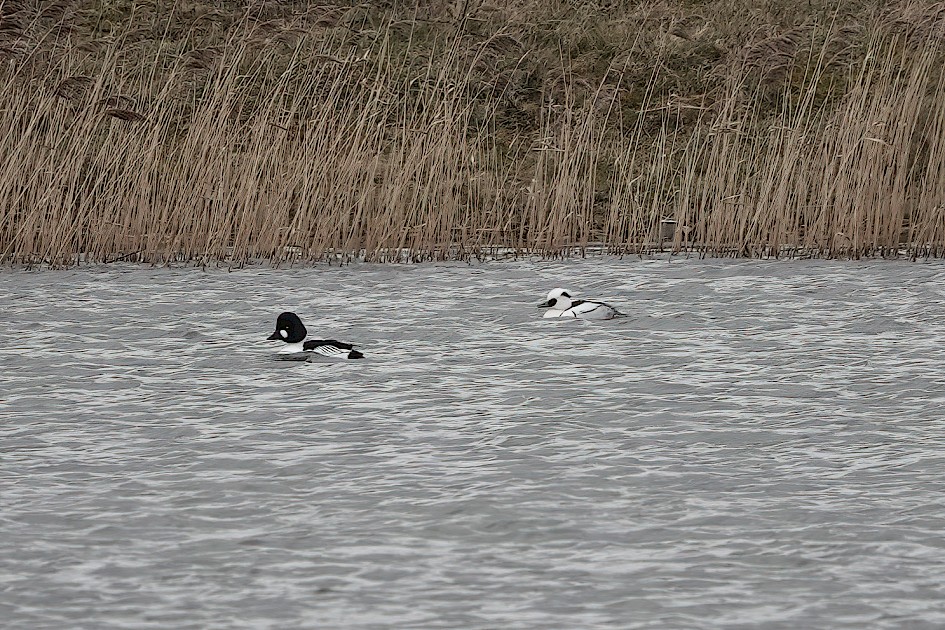
Smew , 1/500 sec, f/4.0, ISO 100, 220 mm
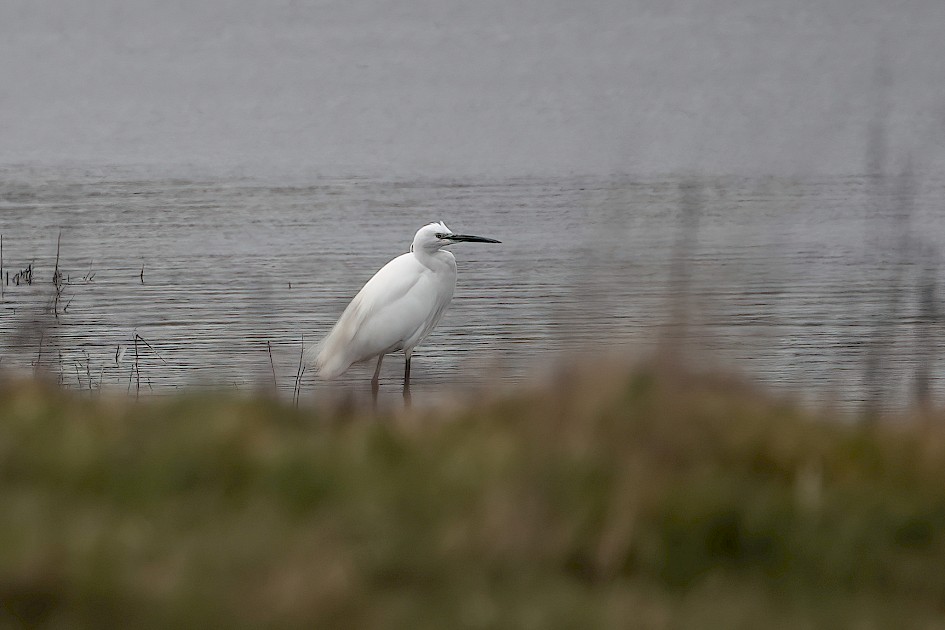
Little Egret, 1/800 sec, f/4.0, ISO 100, 220 mm
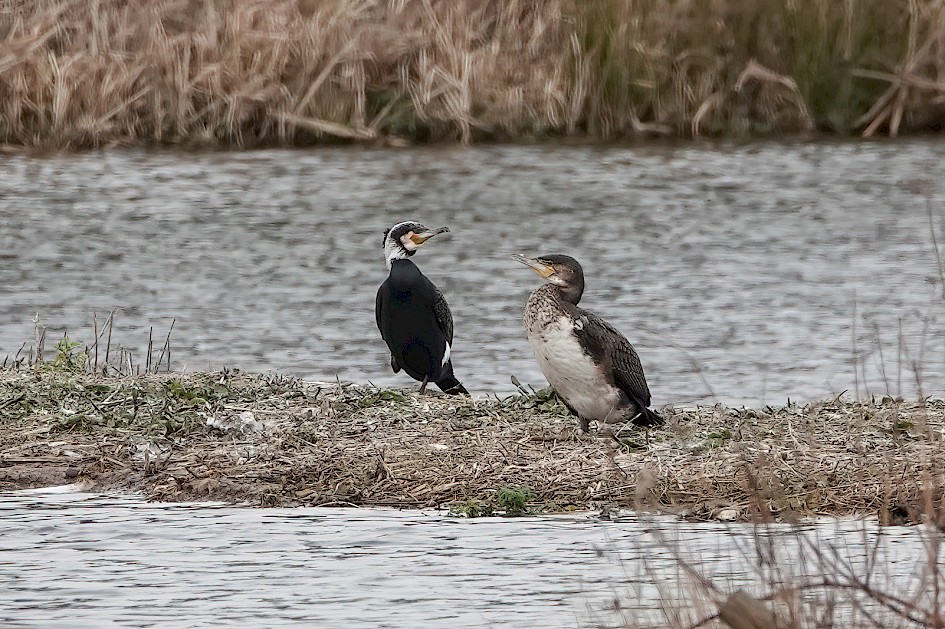
Cormorant, 1/500 sec, f/4.0, ISO 160, 220 mm
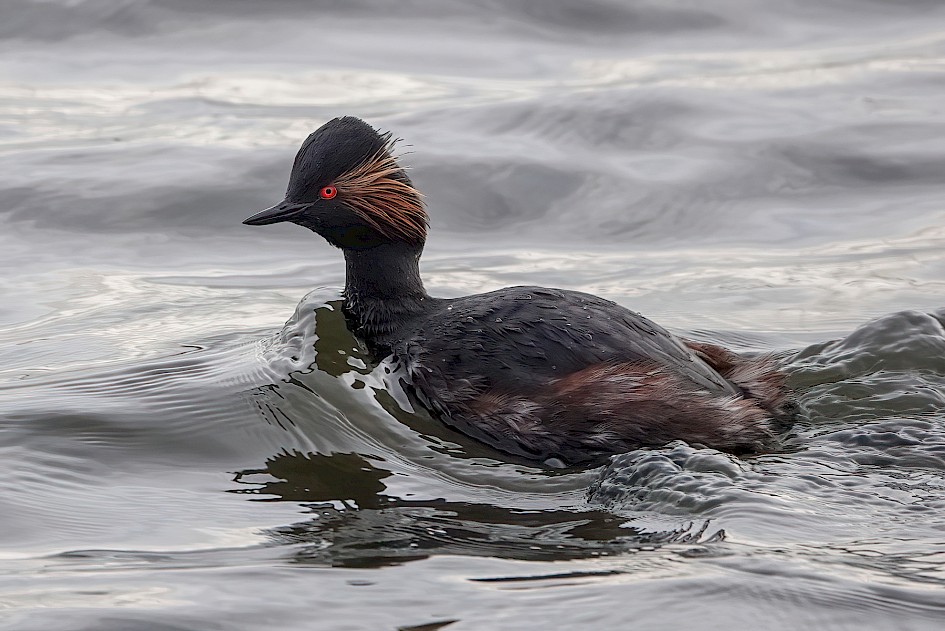
Black-necked Grebe , 1/500 sec, f/4.0, ISO 640, 220 mm
